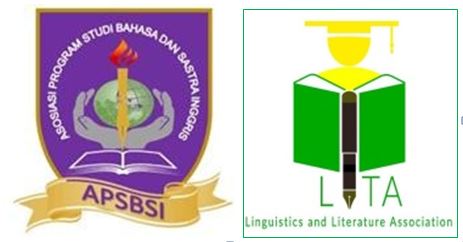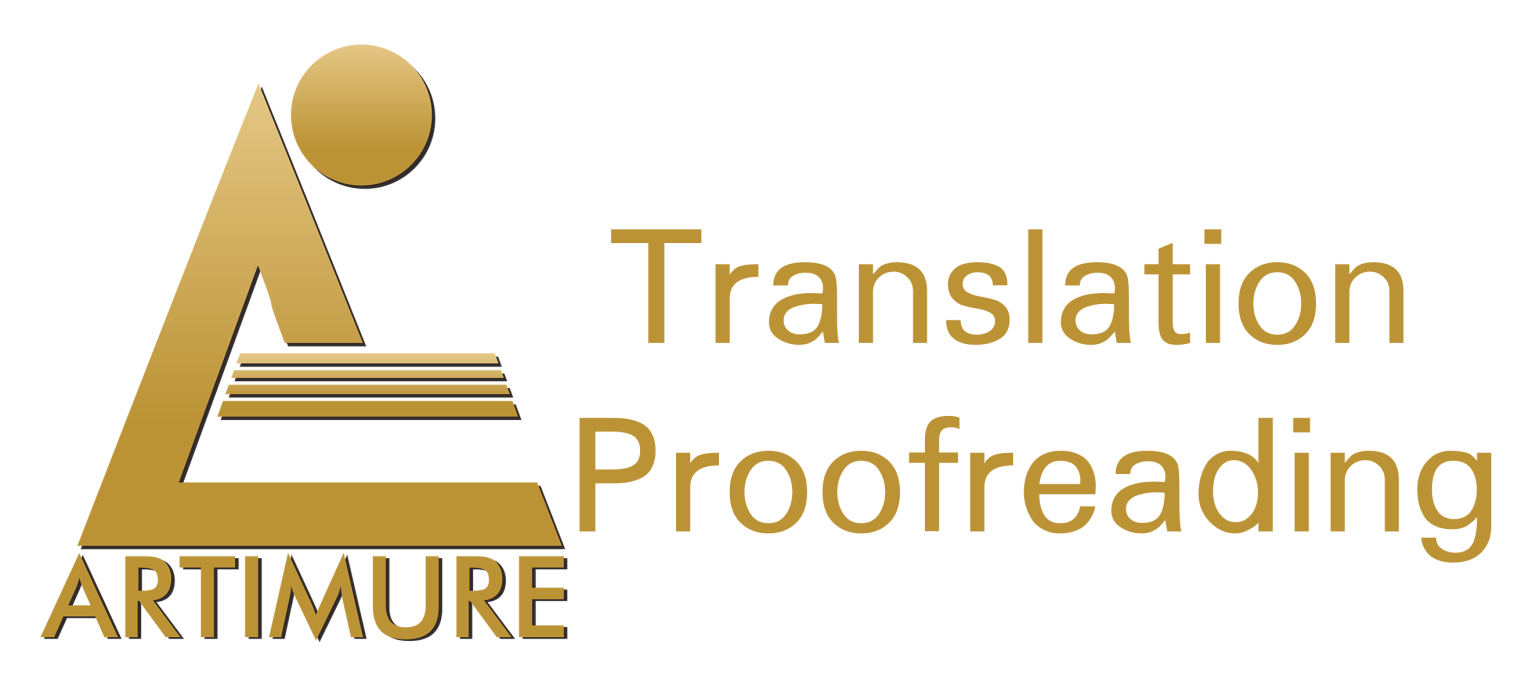University Students’ Perceptions of Extensive Reading Intervention: Evidence from Universitas Hasanuddin Non-English Freshmen
DOI:
https://doi.org/10.31849/utamax.v4i3.9570Keywords:
Extensive reading, Language teaching, Learner autonomy, Non-English freshmen, Students’ perceptionsAbstract
This paper reports the findings drawn from a six-month survey on first-year students’ perception of Extensive Reading intervention in a basic general English course program at Hasanuddin University. This survey study aimed to reveal the extent to which the samples agreed on some aspects of language learning’s positive impacts from attending a reading intervention semester. Other aspects were also examined to the degree of improvement, such as students’ beliefs about eclecticism, self-confidence, and social identity. Data were obtained from questionnaire surveys consisting of 7 close-ended statements and four rating scales from 120 fresh undergraduates. The scaling of “strongly agreement” was tallied from the total samples to obtain the trend. The greater the percentage of the agreement rate, the stronger the perceptions, so as the higher the tendency of the positive impact of extensive reading. The findings came up with encouraging results where a greater proportion of the samples reported significant improvement in aspects contributing to language learning. These include improved vocabulary, writing skills, reading rate, comprehension, confidence, and motivation. The study also revealed the perceived gaining of social identity and reduced degree of eclecticism in dealing with English texts. The findings support the previous research that confirms assurance of reading improvement through extensive reading. The survey warrants pedagogical implications for teachers to constantly embark high intensity of reading activities for students to inculcate reading habits so as to improve personal study skills and encourage autonomous learning.
References
Anderson, R. C., & Pearson, P. D. (1988). A schema-theoretic view of basic processes in reading comprehension. Interactive approaches to second language reading, 37-55.
Ateek, M. (2021). Extensive reading in an EFL classroom: Impact and learners’ perceptions. Eurasian Journal of Applied Linguistics, 7(1), 109-131. DOI: https://doi.org/10.32601/ejal.911195
Bamford, J., & Day, R. R. (2008). Extensive reading in the second language classroom.
Beglar, D., & Hunt, A. (2014). Pleasure reading and reading rate gains. Reading in a foreign language, 26(1), 29-48.
Chang, A. C., & Renandya, W. A. (2017). Current practice of extensive reading in Asia: Teachers’ perceptions. The Reading Matrix: An International Online Journal, 17(1), 40-58.
Conradi, K., Jang, B. G., Bryant, C., Craft, A., & McKenna, M. C. (2013). Measuring adolescents' attitudes toward reading: A classroom survey. Journal of Adolescent & Adult Literacy, 56(7), 565-576. DOI: 10.1002/JAAL.183
Day, R. R., Bamford, J., Renandya, W. A., Jacobs, G. M., & Yu, V. W. S. (1998). Extensive reading in the second language classroom. RELC Journal, 29(2), 187-191. DOI: https://doi.org/10.1177/0033688298029002
Endris, A. A. (2018). Effects of extensive reading on EFL learners’ reading comprehension and attitudes. International Journal of Research in English Education, 3(4), 1-11.
Fatimah, A. S., Kardijan, D., & Sulastri, F. (2020). Blogging in extensive reading: Students’ voice in blended learning classroom. Vision: Journal for Language and Foreign Language Learning, 9(1), 81-95. DOI: http://dx.doi.org/10.21580/vjv9i14847
Flores-González, N. (2019). Promoting extensive reading in a blended learning modality: Students’ perceptions. Journal of Teaching and Educational Research, 5(16), 43-54. https://doi.org/10.35429/JTER.2019.16.5.43.54
Ghazali, Z., & Habil, H. (2020). Reading intervention practice: Effects of print and e-dictionary use. LSP International Journal, 7(1), 1-15
Gopal, T. R., Maniam, M., Jeyaraja, S. S. B., Singh, C. K. S., Gopal, R., & Ng, M. M. (2022). Examining the utilisation of extensive reading from the perspective of ESL students’ reader response. World Journal of English Language, 12(5). https://doi.org/10.5430/wjel.v12n5p176
Guthrie, J. T., Wigfield, A., & Klauda, S. L. (2012). Adolescents’ engagement in academic literacy. University of Maryland, College Park.
Horst, M., Cobb, T., & Meara, P. (1998). Beyond a clockwork orange: Acquiring second language vocabulary through reading.
Huffman, J. (2014). Reading rate gains during a one-semester extensive reading course. Reading in a Foreign Language, 26(2), 17-33.
Huynh, P. (2022). Extensive reading on postgraduate students' perceptions and its effects on reading comprehension. International Journal of TESOL & Education. 2(4), 1-16. https://dx.doi.org/10.2139/ssrn.4272049
Iwata, A. (2022). The Effectiveness of Extensive Reading (ER) on the Development of EFL Learners’ Sight Vocabulary Size and Reading Fluency. The Reading Matrix: An International Online Journal, 22(2).
Judge, P. B. (2011). Driven to Read: Enthusiastic Readers in a Japanese High School's Extensive Reading Program. Reading in a foreign language, 23(2), 161-186.
Krashen, S. D. (2011). Free voluntary reading. Greenwood.
Lee, S.Y., Hsieh, M.I., & Wang, F.Y. (2009). Storybooks vs. textbooks: A corpus study. Selected Papers from the Eighteenth International Symposium on English Teaching, 620-624. Crane.
Lindawati, R. (2021). Students’ Perceptions Towards Extensive Reading In Efl Contexts. International Journal of English and Applied Linguistics (IJEAL), 1(2), 99-104. https://doi.org/ijeal.v1n1.1044
Liu, J., & Zhang, J. (2018). The Effects of Extensive Reading on English Vocabulary Learning: A Meta-Analysis. English language teaching, 11(6), 1-15. http://doi.org/10.5539/elt.v11n6p1
McLean, S., & Rouault, G. (2017). The effectiveness and efficacy of extensive reading at developing reading rates. System, 70, 92-106. https://doi.org/10.1016/j.system.2017.09.003
Meniado, J. C. (2018). Integrating extensive reading in a college preparatory year program: Perceptions, challenges, and possibilities. International Journal of English Language Education, 6(2), 50-68. https://doi.org/10.5296/ijele.v6i2.13624
Ng, Q. R., Renandya, W. A., & Chong, M. Y. C. (2019). Extensive reading: Theory, research and implementation. Teflin Journal, 30(2), 171-186. http://dx.doi.org/10.15639/teflinjournal.v30i2/171-186
Pammu, A., Amir, Z., & Maasum, T. N. R. T. M. (2014). Metacognitive reading strategies of less proficient tertiary learners: A case study of EFL learners at a public university in Makassar, Indonesia. Procedia-Social and Behavioral Sciences, 118, 357-364. https://doi.org/10.1016/j.sbspro.2014.02.049
Park, J. (2016). Integrating reading and writing through extensive reading. ELT Journal, 70(3), 287-295. https://doi.org/10.1093/elt/ccv049
Renandya, W. A. (2016). Should you be teaching reading intensively or extensively. In Proceedings of the 24th Annual Korea TESOL International Conference: Shaping the Future: With 21st Century Skills (pp. 31-39).
Pellicer-Sánchez, A., & Schmitt, N. (2010). Incidental vocabulary acquisition from an authentic novel: Do things fall apart?. Reading in a Foreign Language, 22. 31 – 55.
Pigada, M., & Schmitt, N. (2006). Vocabulary acquisition from extensive reading: A case study. Reading in a foreign language, 18(1), 1-28.
Puspa, M. A. A., & Ragawanti, D. T. (2022). The implementation of extensive reading principles in an extensive reading class: Students’ perceptions. ETERNAL (English Teaching Journal), 13(1), 103-116. https://doi.org/10.26877/eternal.v13i1.10971
Shih, Y. C., Chern, C. L., & Reynold, B. L. (2018). Bringing extensive reading and reading strategies into the Taiwanese junior college classroom. Reading in a Foreign Language, 30(1), 130-151.
Sun, X. (2020). An exploration of students’ and teachers’ perceptions of a two-year extensive reading program in a Chinese secondary school. The Reading Matrix: An International Online Journal, 20(1), 201-219.
The National Center for Education Statistics. (2022). The effects of an academic language program on student reading outcome. https://nces.ed.gov/pubsearch/pubsinfo.asp?pubid=NCEE2022007
Tran, Y. T. N. (2018). The benefits of extensive reading for EFL Vietnamese learners. Journal of Extensive Reading, 4, 64-72.
Wang, C., & Ho, C. T. (2019). Extensive reading for university efl learners: Its effects and both teachers' and learners' views. Journal of Language Teaching and Research, 10(4), 692-701. http://dx.doi.org/10.17507/jltr.1004.04
Waring, R., & Takaki, M. (2003). At what rate do learners learn and retain newvocabulary from reading a graded reader? Reading in a Foreign language, 15(2), 130–163.
Webb, S., & Chang, A. (2015). Second language vocabulary learning through extensive reading with audio support: How do frequency and distribution of occurrence affect learning? Language Teaching Research, 19(6), 667-686. https://doi.org/10.1177/1362168814559800
Whitehead, J. (2008). The British Council and English Language in East Asia: Setting the Context. In Primary Innovations Regional Seminar. A collection of papers. Hanoi. The British Council.
Yang, A. (2001). Reading and the non-academic learner: A mystery solved. System, 29(4), 451-466.
Yildirim, C. (2014). Exploring the dimensions of nomophobia: Developing and validating a questionnaire using mixed methods research [Doctoral dissertation, Iowa State University]. Iowa State University Repository. https://dr.lib.iastate.edu/handle/20.500.12876/28192
Yılmaz, M., Atay, D., & Er, M. (2020). The effects of extensive reading on Turkish learners’ L2 reading/writing performance and Foreign language self-concept. 17(1), 53-69. http://dx.doi.org/10.18823/asiatefl.2020.17.1.4.53










